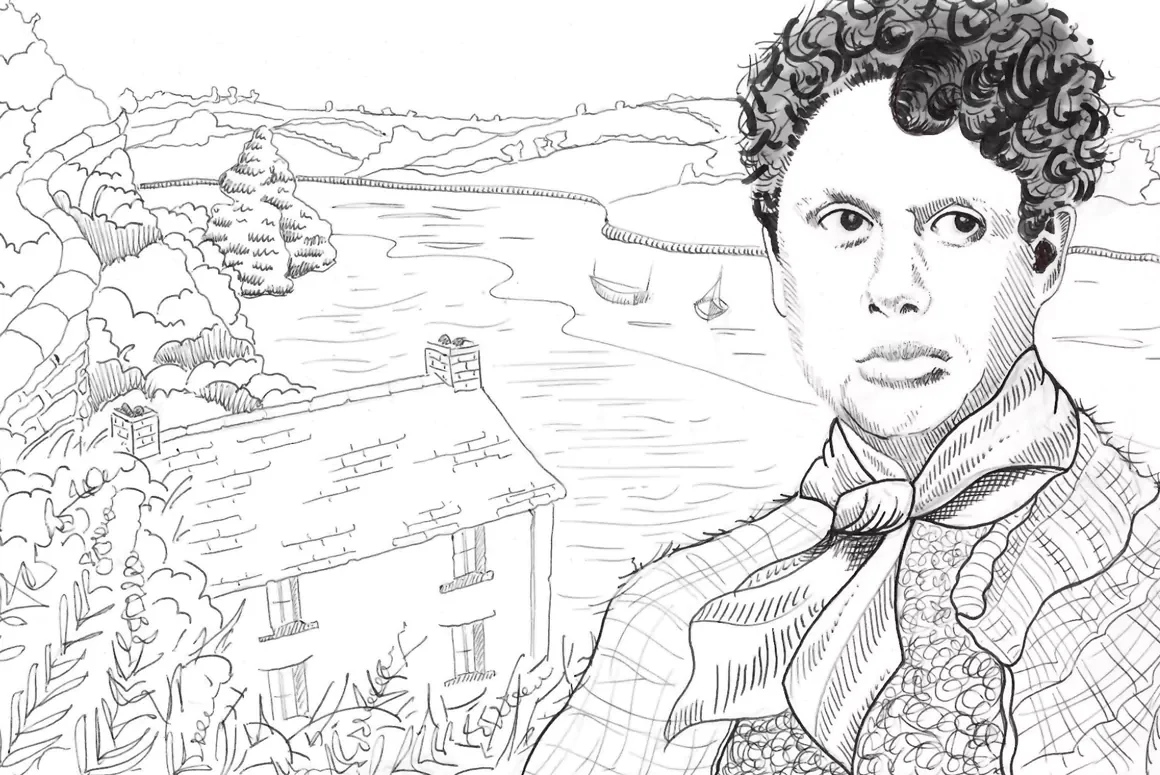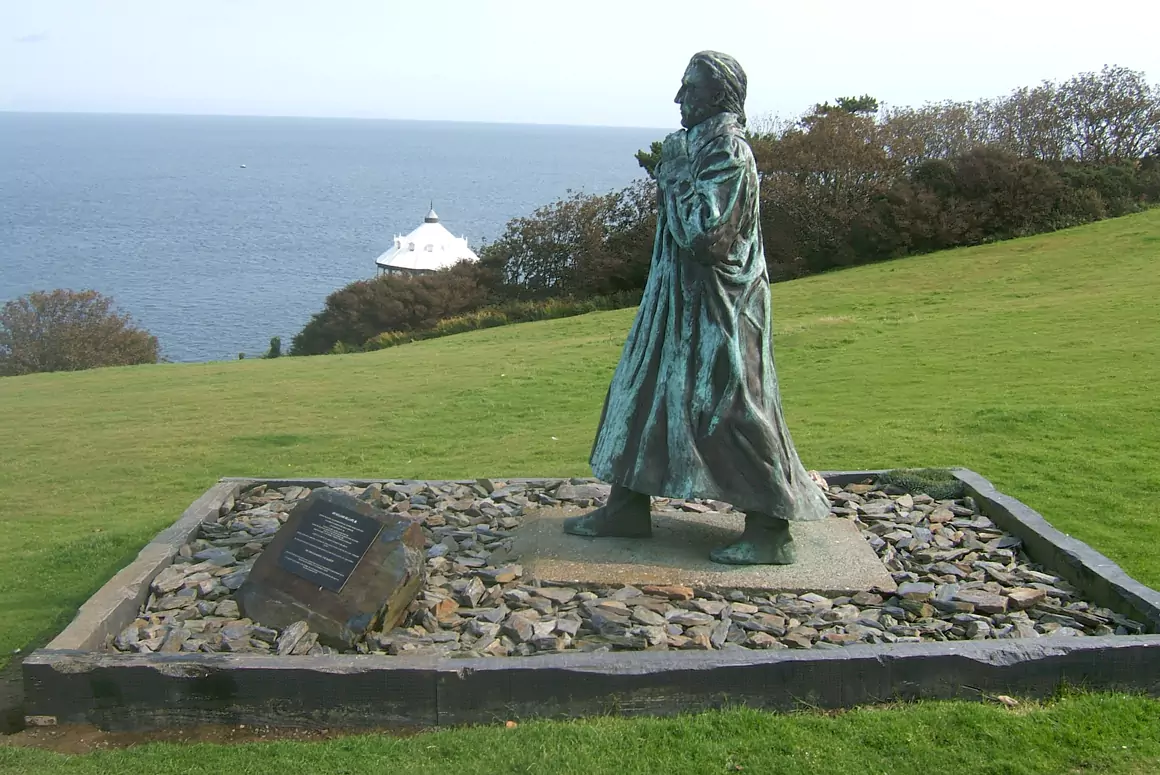![]()
In his “Poem in October “the Welsh poet Dylan Thomas provides an insight into autumn with its hues of transition, the maturing of the year and nostalgia for summer. It takes a look into how he imagines a walk through his childhood haunt on his thirtieth birthday. The poem is set in the fishing village of Laugharne in West Wales where he once used to live in a boat house.
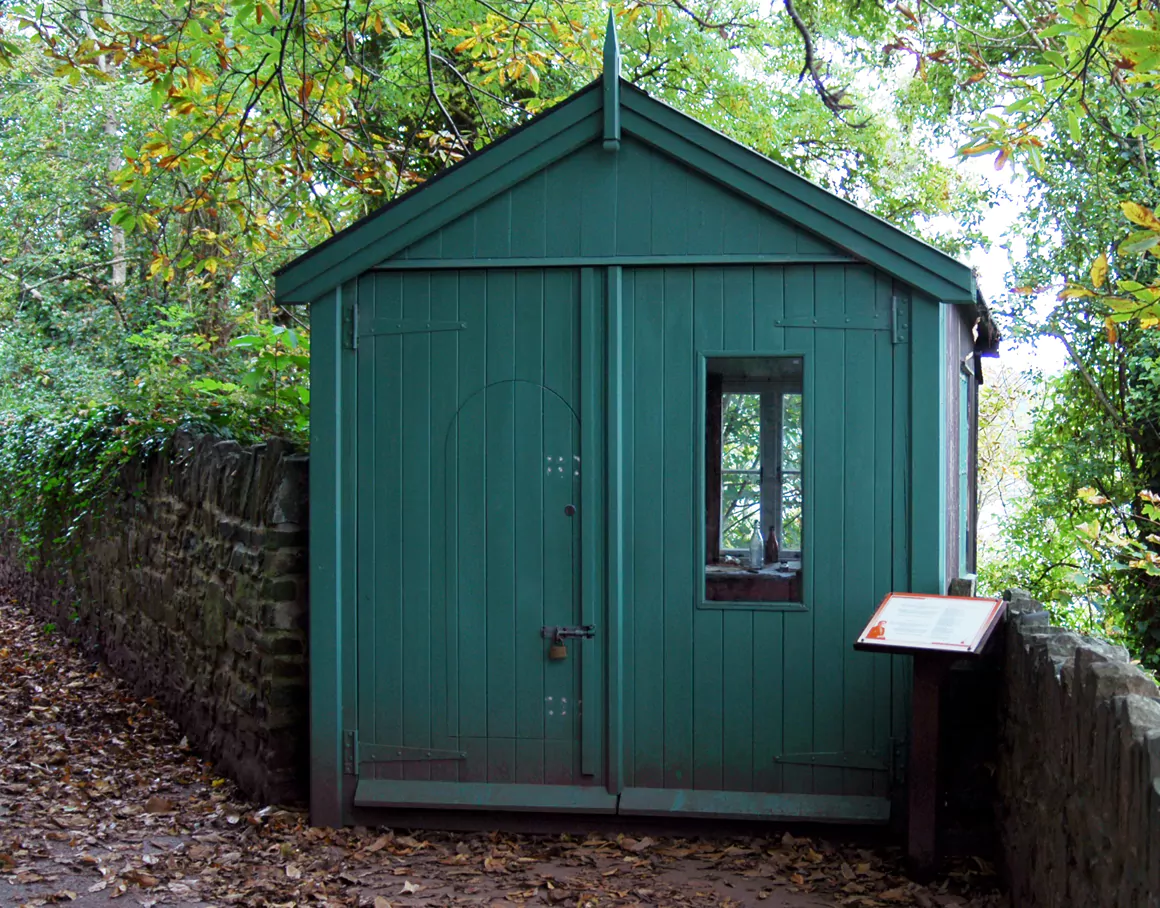
“And the knock of sailboats on the net webbed wall.”
Although the season is autumn he imagines that it is summer back in his childhood days.
“These were the woods, river and sea
Where a boy in the listening summertime of the dead
Whispered to the truth of his joy to the trees and the stones and the fish in the tide.”
He climbs up the Fern Hill where he spent his holidays as a child on the farm of his aunt, bringing to mind the wonderful summer mornings of his childhood.
“A springful of larks in a rolling cloud
And the roadside bushes brimming with whistling blackbirds
And the sun of October, summery on the hill’s shoulder”
In the poem, October stands between summer and winter and likewise thirty is poised between childhood glory and the sadness of maturity.
“It was my thirtieth year to heaven stood there then in the summer noon
Though the town below lay leaved with October blood”
It is also a spiritual journey through nature and the woods and the sun and back to his childhood dreams, walking with his mother.
“And I saw in the turning so clearly a child’s forgotten mornings
When he walked with his mother
Through the parables of sun light …….”
Finally in autumn, we have to glean some hope to bolster us through the winter and Dylan Thomas expresses this sentiment well in the poem’s final lines
“O may my heart’s truth
Still be sung
On this high hill in a year’s turning”.
We can mollify the discomforting feeling that transitions can bring in autumn, by thinking of brighter summer days where the “blue altered sky streamed again a wonder of summer with apples, pears and redcurrants”
Once a month I go walking in Slishwood on the shores of Lough Gill in Co. Sligo. Ireland. The site was once that of an extensive oak wood. A lot of it was cleared during World War II with the gaps being filled by Norway and Sitka spruce and pine. However pockets of 250 year old oak remains which can still be seen along the lakeshore. This delightful lakeshore and hillside track is waymarked and easy to follow with picturesque views over Lough Gill.
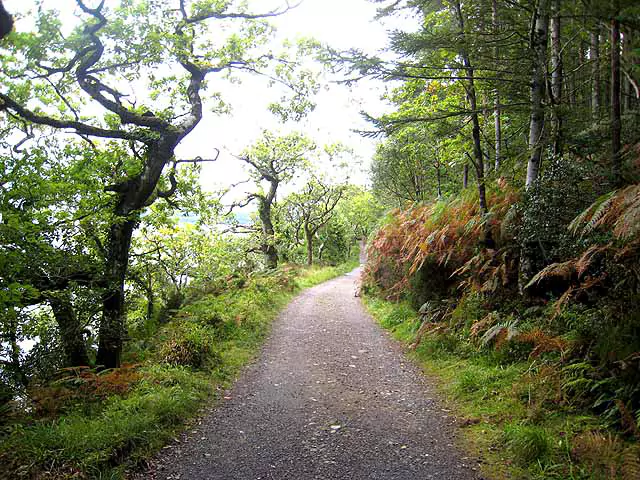
It has become quite the ritual over the last few years for me to take this walk as autumn begins. Similar to Dylan Thomas I use it to take stock of the year so far and think forward to the next. I find it comforting as is the way with rituals. It is especially grounding during that time when autumn is slipping into winter.
There is a slight feeling of unease during that transitory period, before finally giving in and accepting the darkness and hibernation that winter brings. Pulling back, battening down the hatches and slowing down. We need to do that however reluctant we may be to do so. Again, referring to Dylan Thomas’s poem, we think back to different lives we have led, people that have come and gone. And how similar to Dylan Thomas, I too “rose in rainy autumn and walked abroad in a shower of all my days” because it helps to reset my world, in addition to the physical benefits walking brings.
There is an increasing understanding from medical professionals in Ireland such as G.Ps etc., that developing a good exercise habit such as walking is very helpful in reducing anxiety, improving sleep patterns and alleviating depression. The exact mechanism of why nature, walking, exercise etc. is so good for us is not fully understood. However plants and trees give off phytoncides, airborne compounds that have antibacterial and antifungal properties. They help plants fight off pests and diseases and when we breathe them in they appear to help boost our white blood cells which are responsible for immune functioning. This has led to what is known as green social prescribing whereby a GP or other health professional can prescribe a nature based intervention such as a walking group, community gardening or other outdoor project. The aim is not to replace conventional treatments for these disorders, but to supplement them. It could be that 90% of health determinants are underpinned by a person’s lifetime and social environment rather than just healthcare inputs.[1]
We evolved to walk. In his book “Praise of Walking”, neuro scientist Professor Shane O Mara highlights that we are built to walk long distances for considerable amounts of time.[2] He alludes to how early man arose and walked out of Ethiopia thousands of years ago. Thus we can walk 20 to 30 miles a day and did that for years until recently, without too much trouble. We only have to chat to our parents and grandparents to verify this. My father spoke casually of walking/cycling regularly from his village in County Leitrim to Sligo town, a distance that takes me 30 to 40 minutes in the car. Unfortunately these days, those of us in more affluent nations live increasingly in a world designed to reduce mobility.
Charles Darwin was the grandfather of modern evolutionary thinking. He was also a dogged walker. The “sandwalk was a gravel track near Down House, his home in Kent in England and he called it “his thinking path”. When facing doubts or problems he walked. Walking was not responsible for his theory of evolution by natural selection but a good footslog was certainly part of his cognitive labour and still is for many of us today.
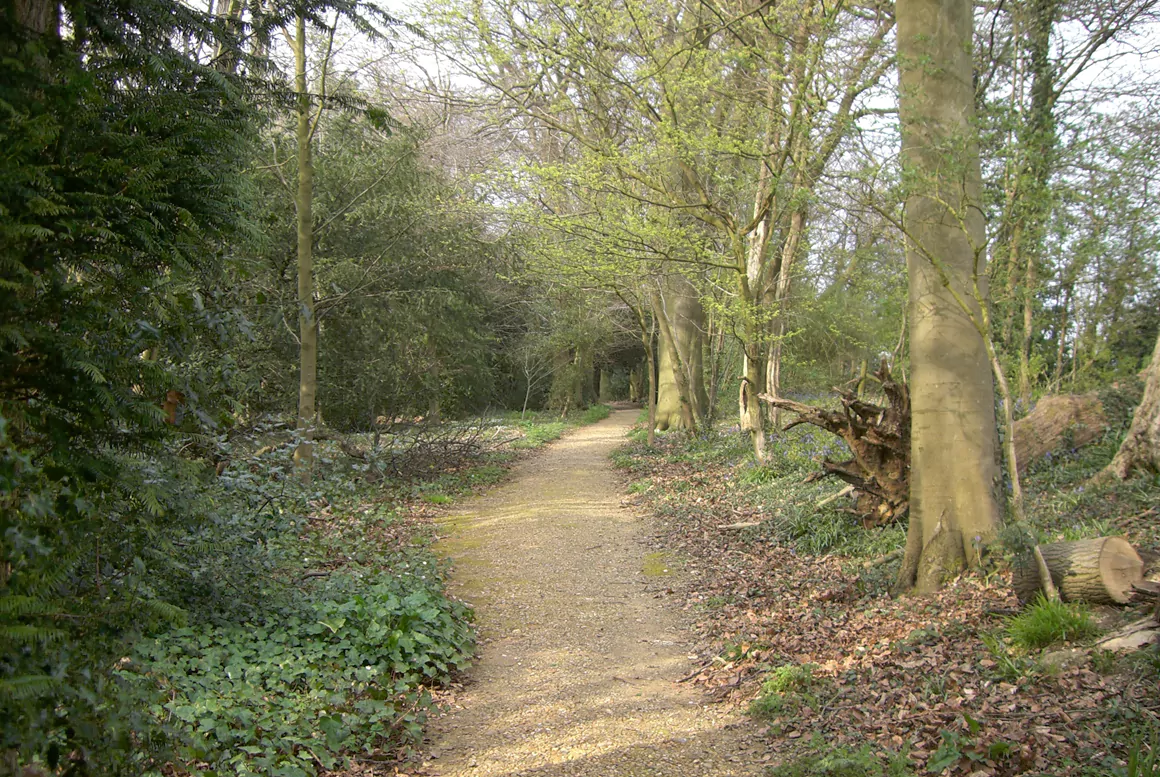
And so back to the benefits of walking in places such as Slishwood near me in County Sligo. We may not quite walk our way into what Darwin achieved in terms of developing his theory. However as autumn descends, a reflective walk similar to the one Dylan Thomas took, back to childhood haunts can help to make sense of our own personal evolution as the year matures.
[1] Fixsen, A. and Barrett, S., 2022. Challenges and approaches to green social prescribing during and in the aftermath of COVID-19: A qualitative study. Frontiers in Psychology, 13, p.861107.
[2] O’Mara, S., 2020. In praise of walking: A new scientific exploration. WW Norton & Company.


